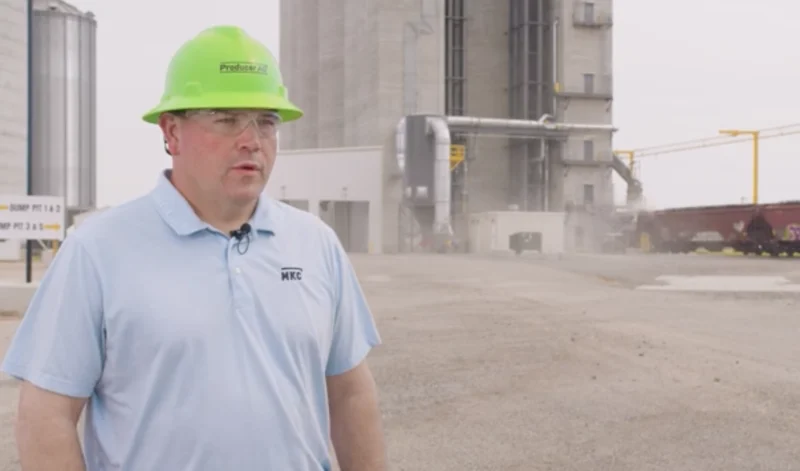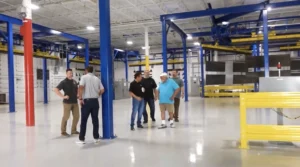Exploring Innovative Ideas and New Concepts in Concrete
When President of L.L. Geans Construction Rocky Geans attended World of Concrete decades ago, he didn’t expect his entire understanding of concrete to be challenged. But that’s what happened.
Rocky joined the Marketscale Engineering and Construction podcast to discuss new (and storied) innovations in the concrete industry, how they are affecting business, and how he goes about implementing new ideas and practices within a team of employees.
In order to make concrete, you need one key ingredient: water. Though this property makes concrete workable, add too much of it, and concrete becomes brittle. That’s why Water Reducer is such an exciting innovation for concrete pourers. This admixture makes concrete more workable, no matter the weather conditions, without sacrificing concrete stability. Water Reducer allows for a speedier pour, easier placement and a better viscosity of workable poured concrete.
With continued growth awareness for this methodology in the world of concrete, Geans says educating employees on new practices relies solely on the business owner. Take time to ensure everyone understands each part of all new practices.
When investing in innovation within a company, consider putting together an Research & Development team, Geans advised, and make it a diverse mix of employees that work across all aspects of a project.
Most importantly, take care of your people, Geans emphasized. Demonstrate “I need you,” and mean it. When workers feel valued, understood and heard, employees often come up with incredible ideas, Geans said.
For the latest news, videos, and podcasts in the Engineering & Construction Industry, be sure to subscribe to our industry publication.
Follow us on social media for the latest updates in B2B!
Twitter – @MarketScale
Facebook – facebook.com/marketscale
LinkedIn – linkedin.com/company/marketscale








